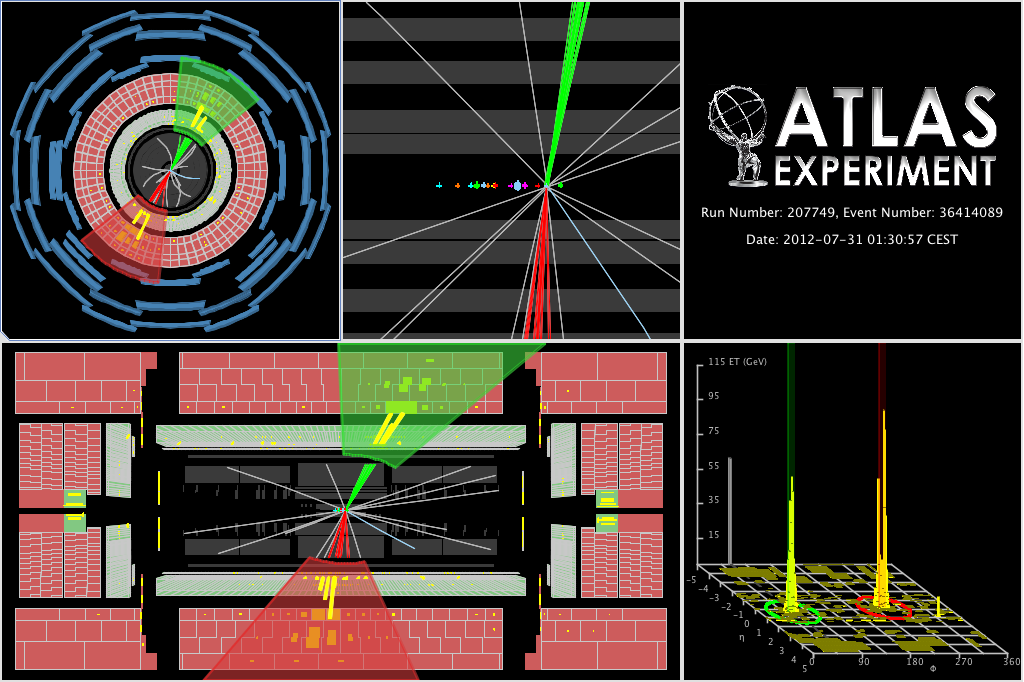Jets@UCL
UCL has been involved since the beginning of the LHC in understanding jets and measuring their production. UCL was involved in almost all publications on jet and dijet production in Run 1, and we have led two papers on jet vetos and azimuthal decorrelation in dijet events. We are also heavily involved in the jet trigger, with coordination positions and leaderhip roles.
UCL was instrumental in the proudction of a seminal paper, which pioneered a new line research in jets, exploring their internal structur, to determine whether they are produced by quarks, gluons, or haadronic decays of heavy particles like W, Z or Higgs bosons, or top quarks. We are involved in jet sunstructure studies, both improving the algorithms and measuring their performance, as well as in analyses measuring production of W and Z bosons in their hadronic decays and searches for new particles decaying into bosons.
Key Academics
Jon ButterworthMario Campanelli
Leadership Positions
Mario Campanelli - Jet physics convener 2011-2012; Jet trigger convener (or deputy) 2009-2014; Jet substructure Group Leader 2015-2016Jon Butterworth - SM group convener 2010-2012
Key References
arXiv:0802.2470
Phys.Rev.Lett. 100 (2008) 242001

